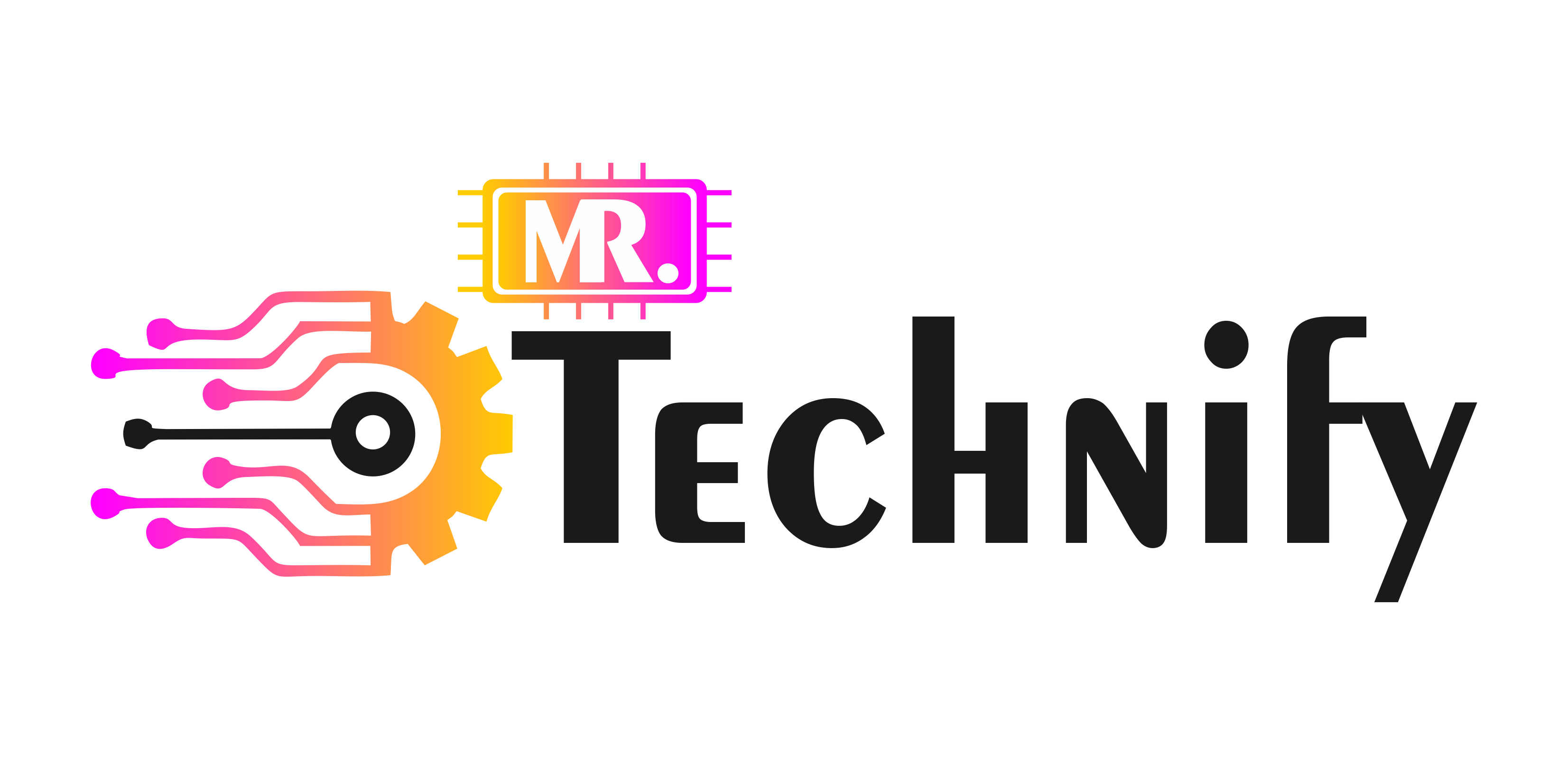Defining Platform-Based Development(P-BD)
Let’s get the fundamentals out of the way first. Platform-based development is defined as. Simply put, it is a type of design that relies on a “platform” to distribute goods and services. These systems might exist on software, hardware, or any hybrid thereof.
Elements of P-BD
-
Key benefits
P-BD has a multitude of advantages. It promotes effective design reuse, reduces product development time, and permits greater design process flexibility. Isn’t it fantastic to save time while maintaining quality and customization?
-
Common challenges
But like everything, P-BD also has its hurdles. These include achieving platform stability, managing complexity, and ensuring compatibility across different versions. But fear not, as these challenges can be overcome with careful planning and execution!
Core Concepts in Platform-Based Development
This article will examine three critical concepts in P-BD: modularization, standardization, and interoperability.
-
Modularization
Are you familiar with Legos? If so, you’ve had some real-world exposure to the modularization process. It’s all about breaking down a system into separate, interchangeable components like those Lego blocks. It allows for greater flexibility and customization in the design process.
-
Standardization
This concept refers to establishing norms or requirements in technical systems, such as common design metrics and compatibility standards. Standardization is like the rules of a game—it ensures everyone is on the same page and everything runs smoothly.

-
Interoperability
This refers to the capacity of various systems, devices, or applications to communicate and function efficiently. Just imagine a symphony orchestra where every instrument plays its part in harmony. That’s interoperability for you!
Role of P-BD in Different Industries
-
Technology and Software Development
Platform-based development is significant in the IT sector. Everything from online services and cloud computing platforms to gaming engines and operating systems relies on it.

-
Manufacturing
The manufacturing industry also harnesses the power of P-BD. It allows mass customization, where products can be tailored to individual customer needs while benefiting from mass production efficiency.
-
Healthcare
Healthcare? Yes, even this industry utilizes P-BD. Think of medical devices that share a common platform but offer different functionalities.
Case Studies of Successful P-BD
Moving forward, we’ll explore some real-world case studies, from the success of Android in the mobile operating system market to the dominance of Amazon Web Services in the cloud computing industry.
The Future of P-BD
The Future of P-BD has enormous promise. It will become much more crucial to our everyday lives as AI and the Internet of Things develop.
Conclusion
In conclusion, platform-based development is more than a buzzword—it’s a robust design methodology with the potential to revolutionize various industries. It’s time we fully embrace it!
FAQs for Platform-Based Development
What are the benefits of platform-based development?
It promotes design reuse, reduces development time, and allows for greater flexibility in the design process.
What challenges does platform-based development present?
Challenges include managing platform stability and complexity, and ensuring compatibility across different platform versions.
What role does platform-based development play in different industries?
It's crucial in technology and software development, manufacturing, and healthcare, among other industries.
What is the future of platform-based development?
With advancements in technologies like AI and IoT, platform-based development is set to become even more important.

